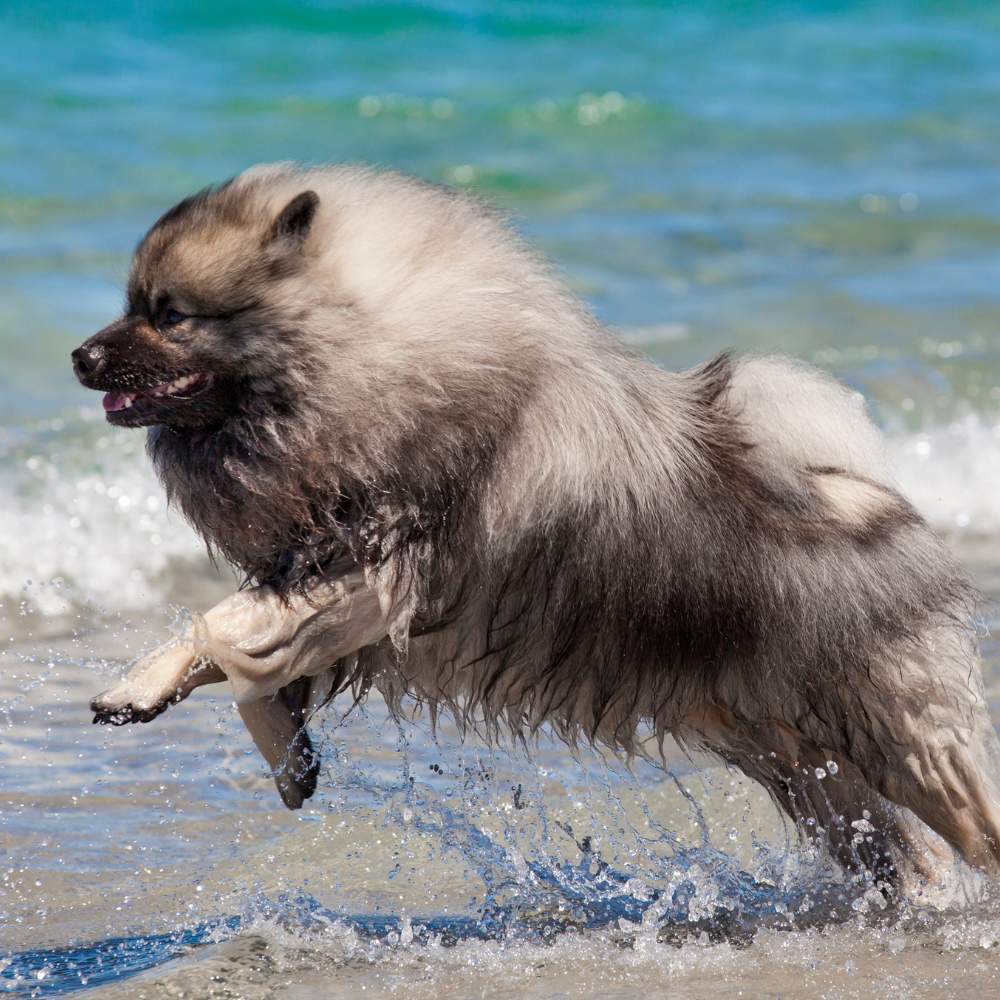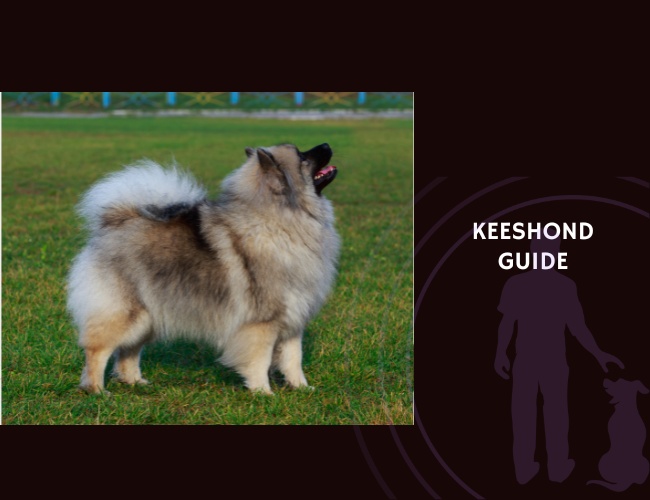Quick Facts about the Keeshond
- Origin: Netherlands
- Weight: 16–20 kg (male), 14–18 kg (female)
- Life expectancy: 12–15 years
- Coat Colour: Silver and black with characteristic spectacles (facial markings)
- Breed Group: Non-Sporting / Companion
The Keeshond is a medium-sized spitz breed known for its thick, plush coat, expressive “spectacles,” and cheerful, affectionate nature. Once a symbol of Dutch patriotism, this loyal companion thrives in family environments.
Keeshond History
The Keeshond (pronounced “KAYZ-hawnd”) originated in the Netherlands, where it served as a barge watchdog and companion for Dutch boatmen and merchants. During the 18th century, it became a symbol of the Dutch Patriot political movement, named after leader Cornelis (Kees) de Gyselaer.
Although its popularity waned after the movement’s decline, it was revived in the early 20th century and recognised by the AKC in 1930. Today, the Keeshond is known for its charm, expressiveness, and family loyalty.

Keeshond Temperament
Affectionate, alert, and intelligent, the Keeshond is a true people’s dog. It forms deep bonds with its family, is excellent with children, and typically friendly with strangers. They’re emotionally sensitive and attuned to household dynamics.
Keeshonden are quick learners and respond well to positive reinforcement. They are naturally vocal and make good watchdogs, though excessive barking can be managed through early training.
Note: This breed does best in homes where it’s not left alone for long periods—it craves human company.
Health and wellness
Keeshonden need moderate daily activity—walks, play, and training games work well. They’re not high-drive athletes but enjoy mental stimulation and companionship.
Their luxurious double coat requires regular brushing (at least twice a week) to prevent mats and control shedding. Special care is needed during seasonal coat “blowouts.”
Significant problems:
Hip dysplasia
Hypothyroidism
Epilepsy
Progressive retinal atrophy (PRA)
Patellar luxation
Life expectancy: 12–15 years

The Complete Guide to Keeshond
🔍 Looking to go deeper into dog training?
Use these categories to explore targeted guides and articles on canine behavior, nutrition, obedience, entertainment, and more.









